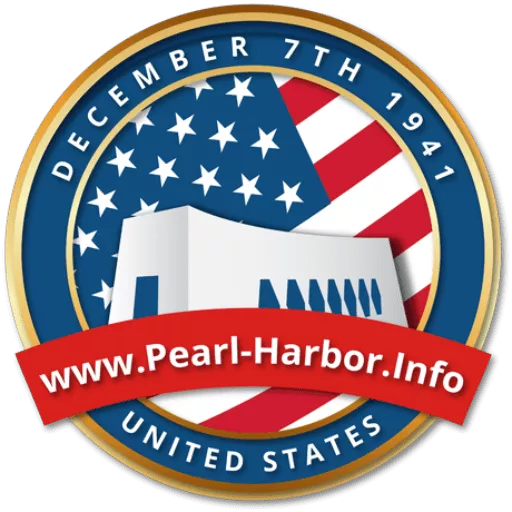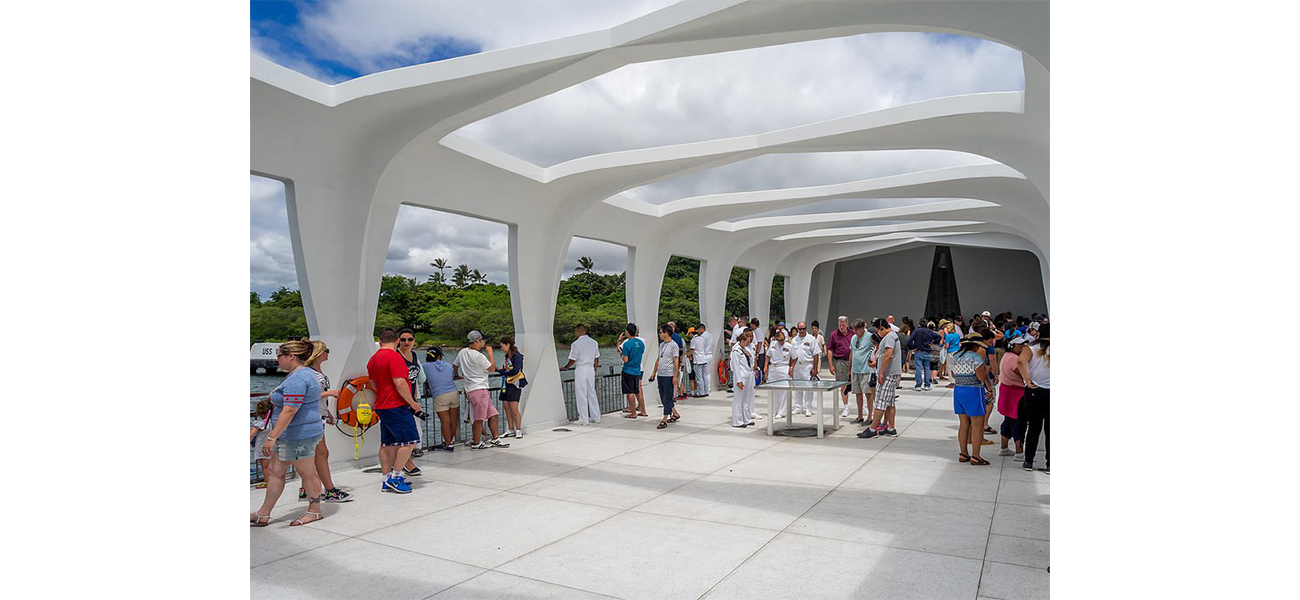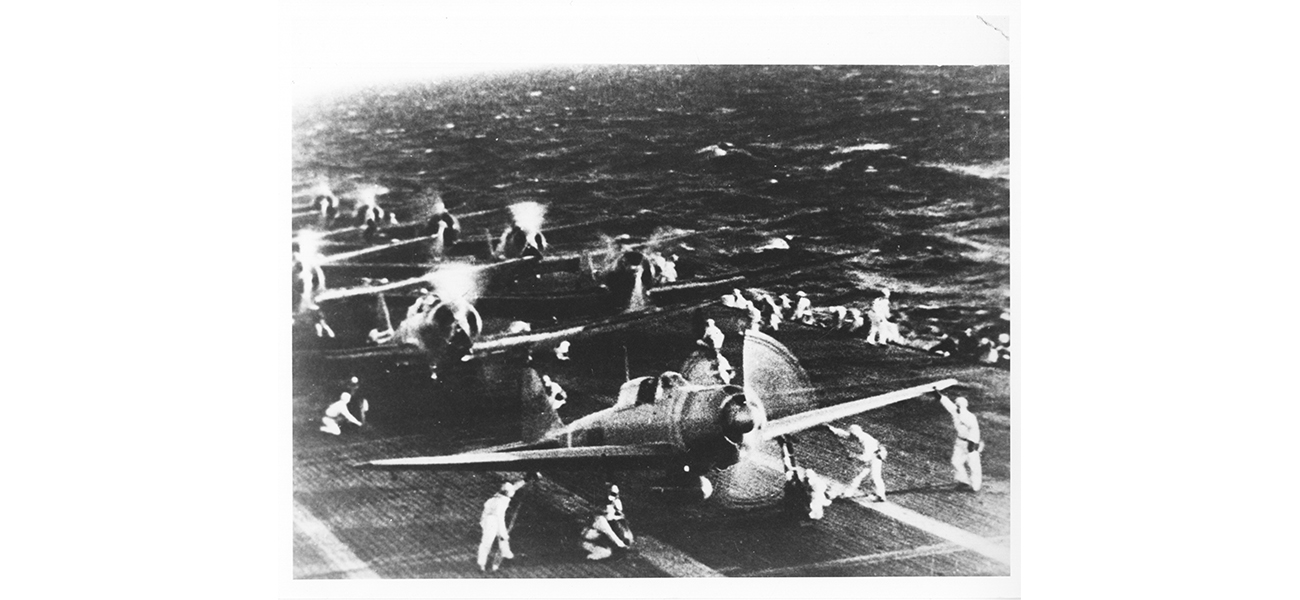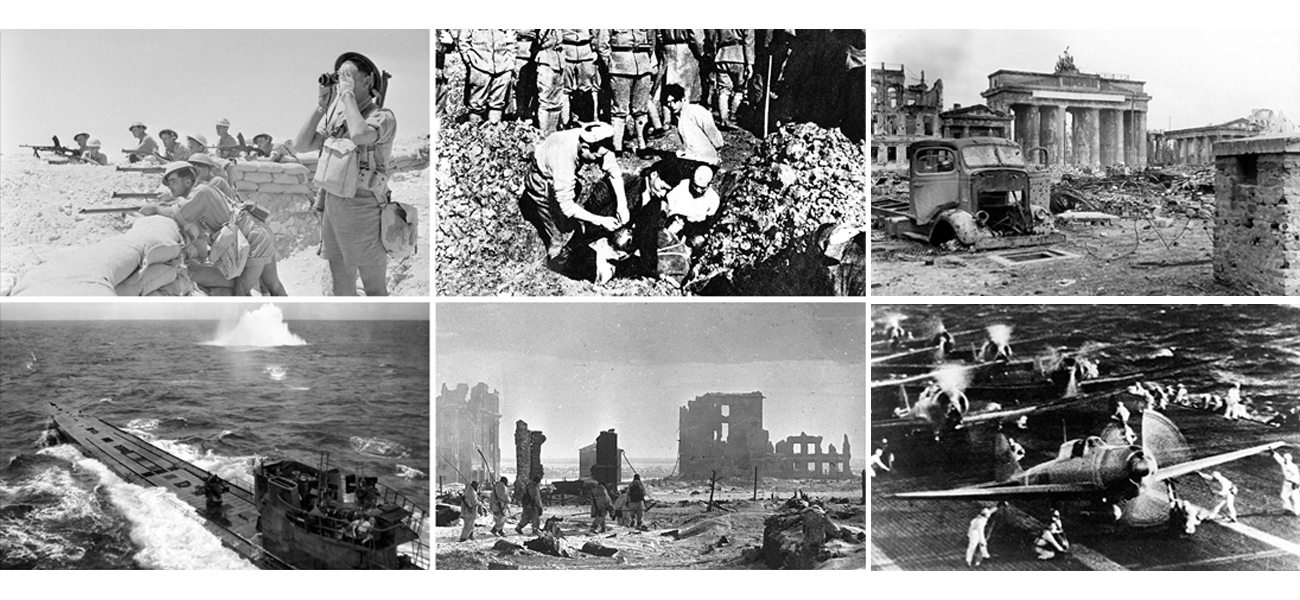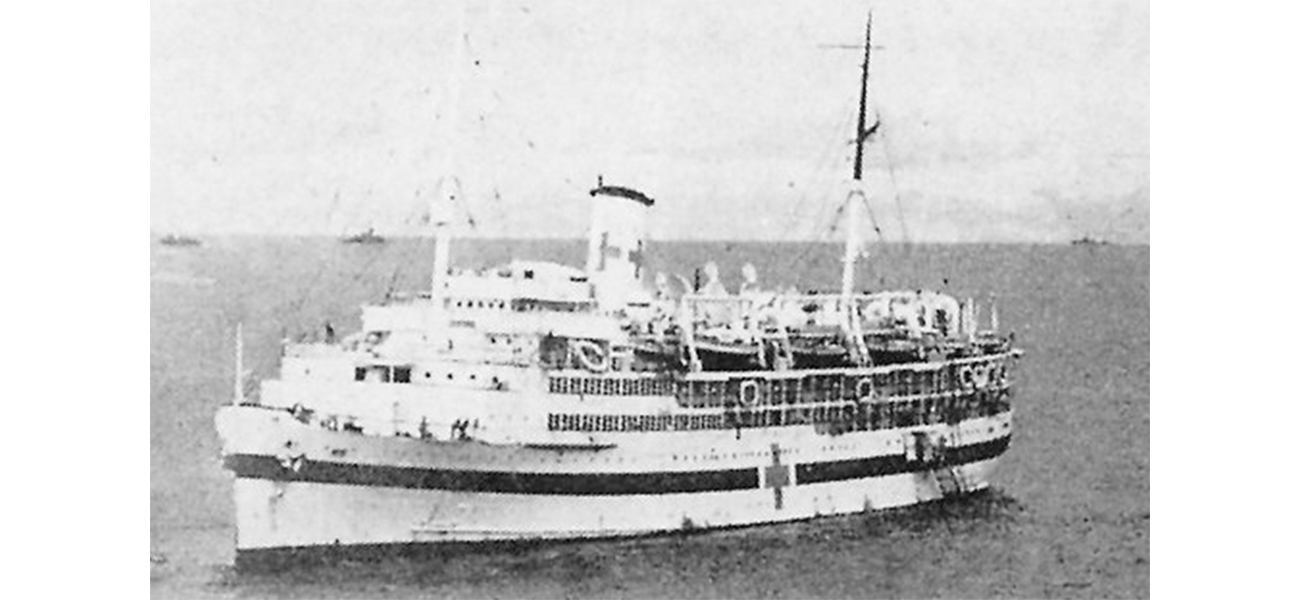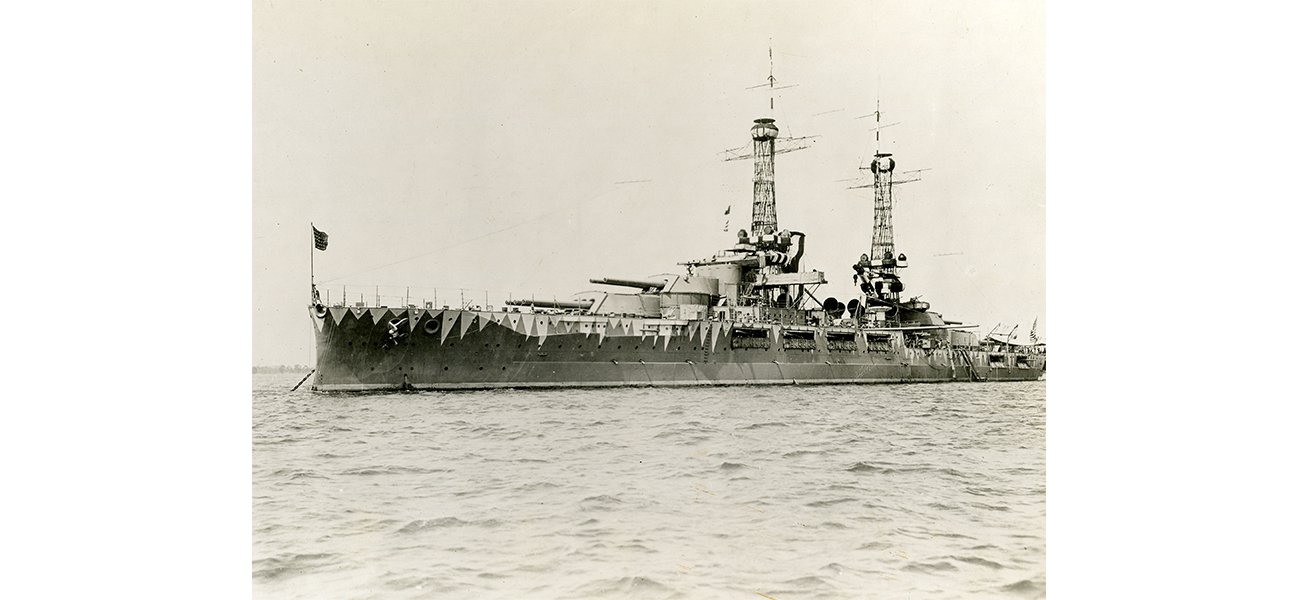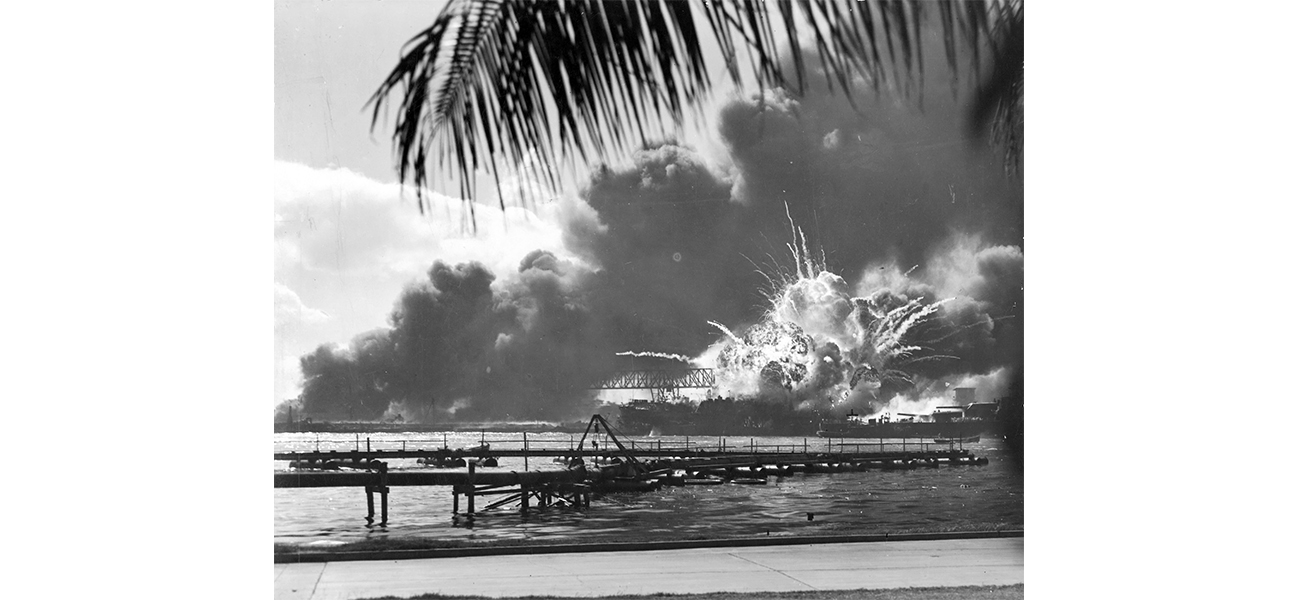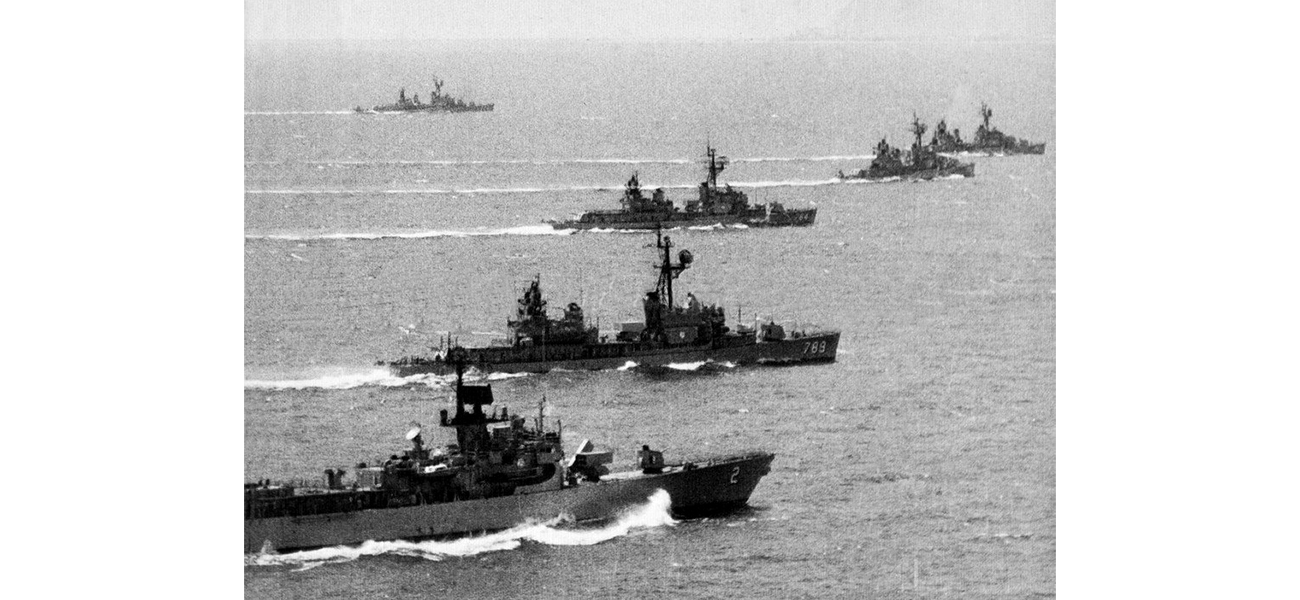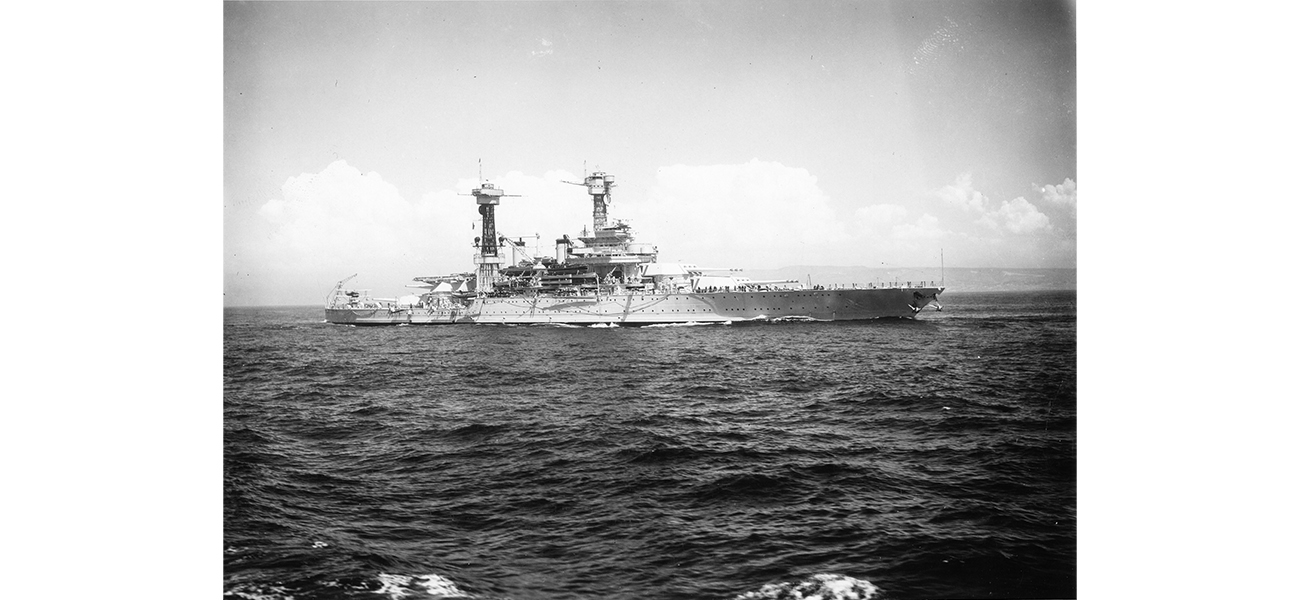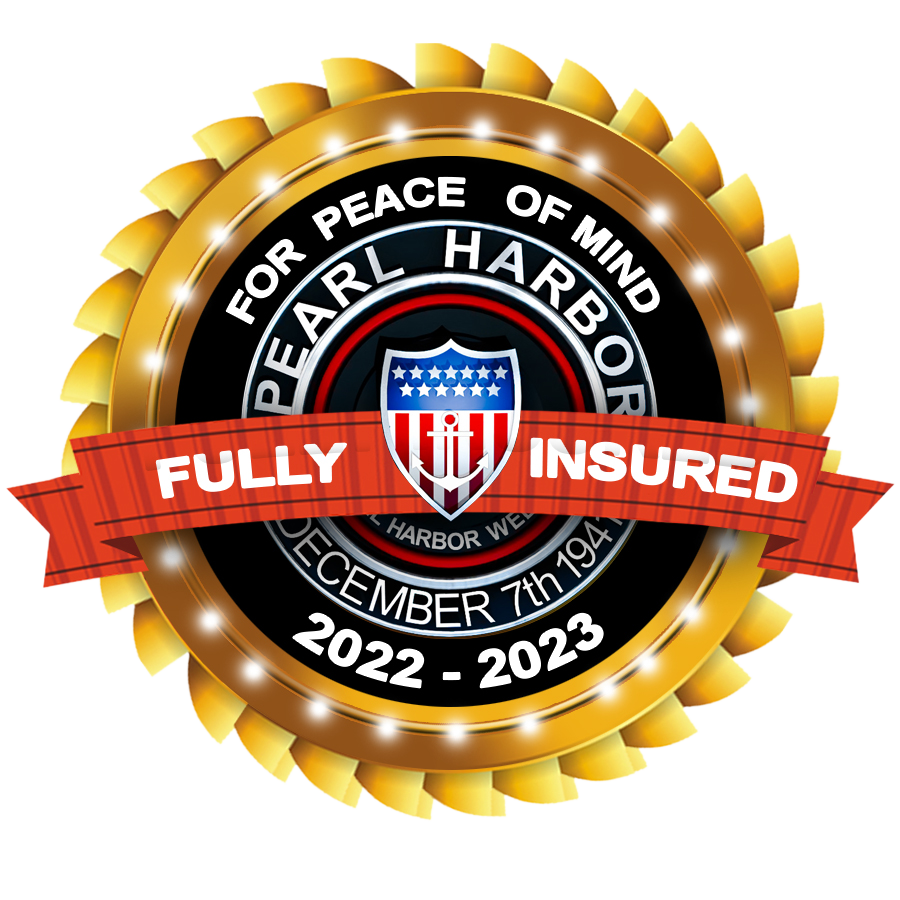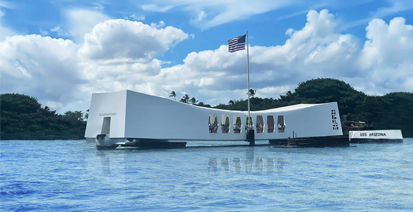Why Visit Pearl Harbor? The Importance of Pearl Harbor Tours
When you think about pivotal historical moments, Pearl Harbor stands out as one of the most significant. The surprise military strike by the Japanese on December 7, 1941, not only changed the course of World War II but also had a profound impact on the United States and the world. Visiting Pearl Harbor is more than just a historical trip; it’s an emotional journey that allows you to walk in the footsteps of those who lived through that fateful day. So, why visit Pearl Harbor? Let’s explore the importance of Pearl Harbor tours.
Pearl Harbor tours provide an in-depth education on World War II, offering insights into the strategies, battles, and key events that defined the conflict. It’s an invaluable experience for history enthusiasts and students alike. Pearl Harbor educational tours offer a wealth of knowledge about this pivotal period.
Beyond World War II, Pearl Harbor is a site of immense military significance. Tours often cover the broader aspects of military history, including naval warfare advancements and defense strategies’ evolution. Pearl Harbor’s WWII history is rich with military tactics and innovation lessons.
One of the most touching aspects of visiting Pearl Harbor is hearing veterans’ personal stories and accounts. These narratives bring history to life and offer a human perspective. Interacting with Pearl Harbor survivors or learning about their experiences can be incredibly moving.
Visiting Pearl Harbor is a deeply moving experience. As you walk through the memorials and museums, you’re reminded of the immense sacrifices made by individuals during the war. It’s a place for reflection and honoring their bravery. The cultural impact of Pearl Harbor is profound and lasting.
The somber atmosphere at Pearl Harbor fosters a sense of respect and remembrance. It’s a place where history is observed and felt, and visitors can pay their respects to those who gave their lives. Pearl Harbor remembrance events and sites help keep the memory of these sacrifices alive.
What you’ll get to see there?
USS Arizona Memorial
The USS Arizona Memorial is perhaps the most iconic site at Pearl Harbor. It marks the resting place of 1,177 crewmen who lost their lives during the attack. The memorial stands above the sunken battleship and offers a poignant reminder of the sacrifices made. Visiting Pearl Harbor memorial sites like the USS Arizona is a deeply moving experience.
Battleship Missouri Memorial
The USS Missouri, also known as “Mighty Mo,” is where Japan formally surrendered, bringing an end to World War II. Walking the decks of this battleship provides a tangible connection to history and a deeper understanding of the war’s conclusion.
Pearl Harbor Aviation Museum
Housed in World War II-era hangars, the Pearl Harbor Aviation Museum features a fascinating collection of aircraft and exhibits. It tells the story of aviation during the war and the pivotal battles that took place in the skies over the Pacific. For aviation enthusiasts, a visit to the Pearl Harbor Aviation Museum is essential.
USS Bowfin Submarine Museum & Park
The USS Bowfin submarine, also called the “Pearl Harbor Avenger,” had a vital role in the Pacific Theater. The museum offers an immersive experience, allowing visitors to explore the submarine and learn about the life of submariners during the war. The Pearl Harbor Submarine Museum is a unique attraction for those interested in naval history.
Visiting Pearl Harbor is an experience that blends history, education, and emotion. It’s a journey through time that honors the past and offers valuable lessons for the future. Whether you’re a history buff, a student, or someone looking to pay their respects, Pearl Harbor tours provide a profound and unforgettable experience. So, why visit Pearl Harbor? Because it’s a place where history is preserved, memories are honored, and lessons are learned. Pearl Harbor’s historical significance, combined with its educational and emotional impact, makes it a must-visit destination.
